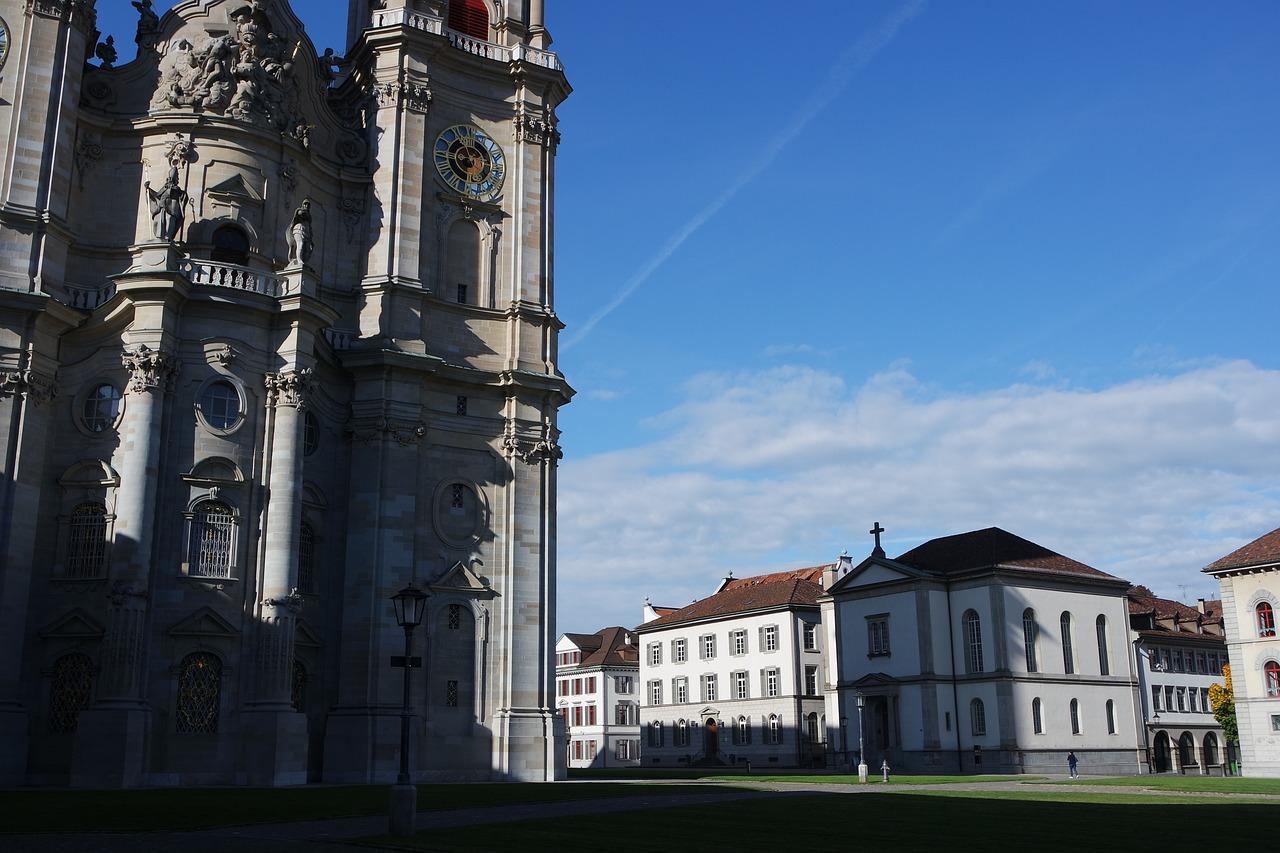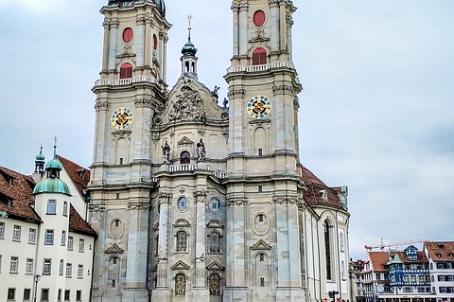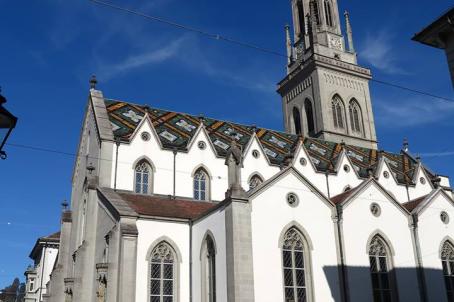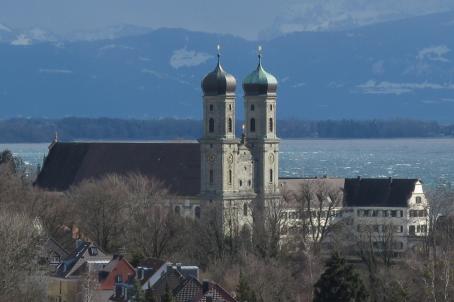Abbey of Saint Gall
St. Gallen Abbey, founded in 613, is the oldest monastery in Switzerland. Very little remains of the medieval abbey. Between 924 and 933, the invasion of the Magyars threatens the abbey, and books and parchments from the library are sent to Reichenau; most are returned to St. Gallen once the risk of looting has passed. During this looting, St. Wiborada is killed. She is the first woman to be canonised by Pope Clement II in 1047. Most of the buildings, including the abbey church, were built between 1755 and 1768 in the Baroque style. Its rococo library is one of the most important monastic libraries in the world, housing one of the most comprehensive collections of early medieval manuscripts in German-speaking Europe.






